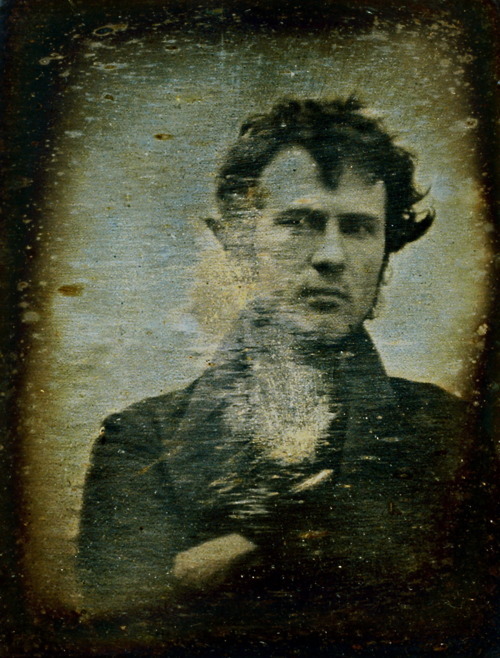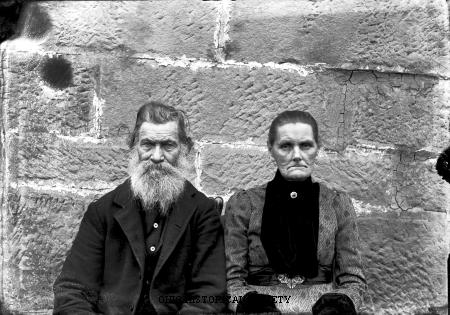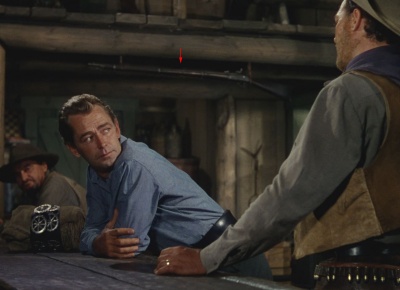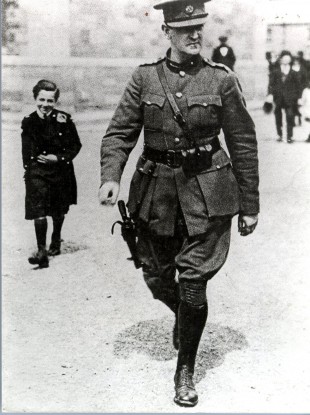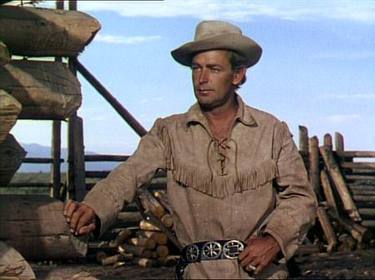| "Oo are you calling a pretty boy, then?" - Parrots of Telegraph Hill, London |
You'll see bleary-eyed commuters rushing for the train, the occasionally late-night party-animal struggling home or homeless guys crawling out of improvised bivouacs under the shrubbery.
But what greeted me on one such run recently was something entirely unexpected. A flock of vermillion and emerald-hued parrots, swooping low over the crest of our local hill, against the backdrop of the London skyline.
I was literally stopped in my tracks. A flock of parrots? Half expecting to see a giraffe standing outside the off-licence at the bottom of the hill, I eventually ran on and got home to do a bit of googling.
And that's when I found out that there are an estimated 30,000 Feral Parakeets (not an '80s New Wave band, BTW) happily living (mostly) south of the river Thames, in suburban back-streets and the wide-open green spaces, parks and commons that you will find everywhere in London.
And the story of how they got here is fascinating.
 |
| Parrots In the Park - South London |
The birds are mostly Rose Ringed Parakeets. although similar flocks of Monk Parakeets have also been spotted. They are an afro-asian bird, not something you would expect to see in Catford, Twickenham or Tooting Bec.
And the theories as to why they are here are many, some are almost as exotic as the birds themselves.
The birds may have originated from just one breeding pair released into the wild. And one popular story is that this pair were released by Jimmi Hendrix on Carnaby Street in London during a photo shoot in 1967.
However, there are also theories that a flock of parrots staged a breakout from an aviary during the great storm of 1987. Or that a container full of illegally imported parrots broke open at Gatwick airport in the early '90s.
My own favourite story is that they are all descended from parrots imported from Africa to England and featured in the studio scenes of the classic Humphrey Bogart/Katharine Hepburn movie The African Queen, shot by John Huston in a south London film studio in 1951.
As the story goes, when the movie was over, some studio tech simply opened the main doors and the birds flew out, to establish breeding colonies all over South London.
Given the Bogie connection, I'd like to sidle up to one of them and say; "You know how to whistle, don't ya?"
They have adapted to survive harsh London winters and managed to slot themselves into the eco-system (possibly by learning to love the most common South London food source, the Abandoned Kebab).
However, they got here, I've certainly come to appreciate them, especially during the current heatwave, when they add a bit of tropical colour to the blazing blue skies.
They certainly brighten up every early morning plod up and down the hills of south London. And added to my stock of Avian Tales of London, which also includes the true story of the Pigeons who have learned to ride the Underground.....
* If you want to know a little more - here's a link to a clip from a BBC wildlife doc that talks about the parrots ..... thanks for reading... - Clip https://www.youtube.com/watch?v=p4P_NhFlb5w
ENDS
